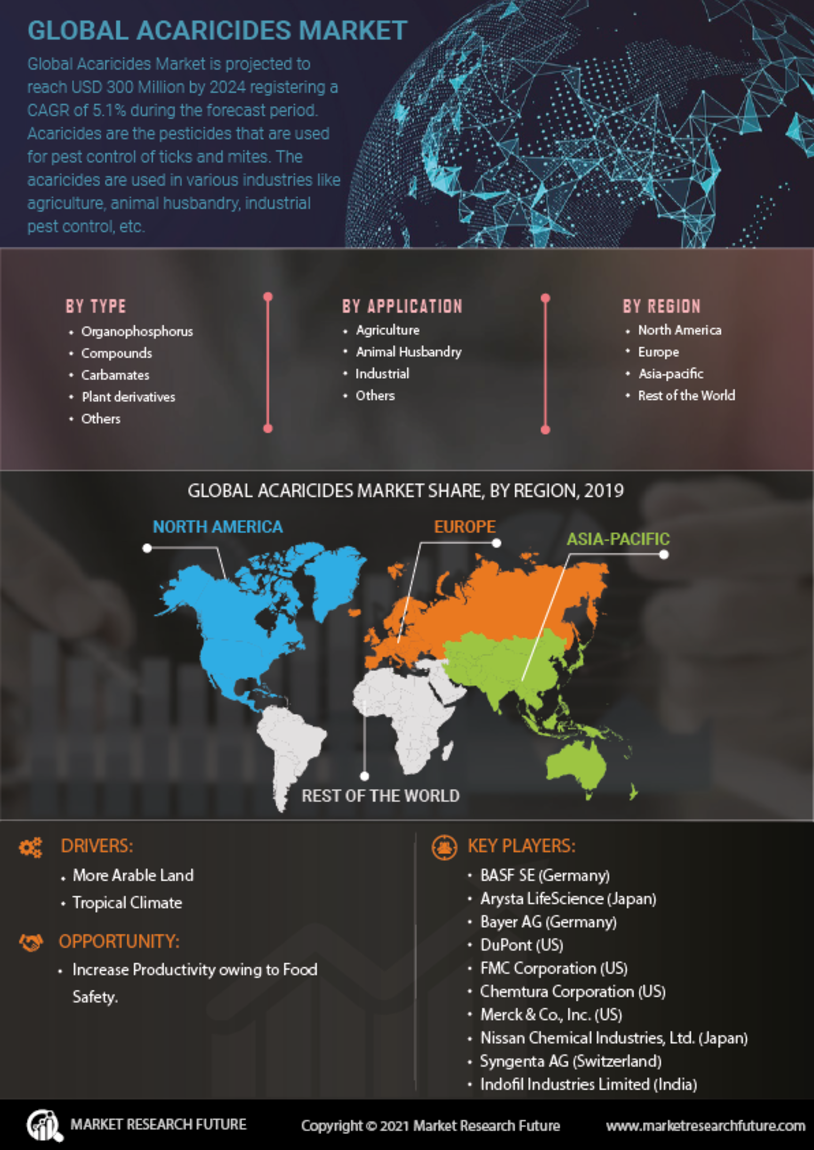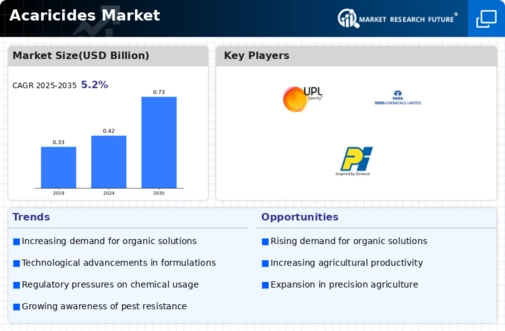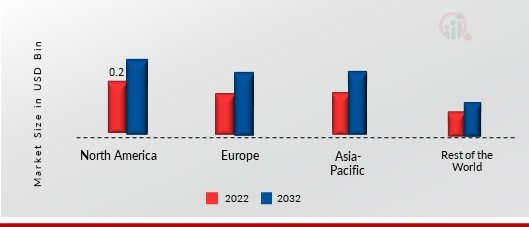Leading market players are investing heavily in research and development in order to expand their product lines, which will help the Acaricides Market grow even more. Market participants are also undertaking a variety of strategic activities to expand their footprint, with important market developments including new product launches, contractual agreements, mergers and acquisitions, higher investments, and collaboration with other organizations. To expand and survive in a more competitive and rising market climate, Acaricides Industry must offer cost-effective items.
Manufacturing locally to minimize operational costs is one of the key business tactics used by manufacturers in the Acaricides Industry to benefit clients and increase the market sector. In recent years, the Acaricides Industry has offered some of the most significant advantages to medicine.
Major players in the Acaricides Market, including BASF SE, Arysta LifeScience, Bayer AG, DuPont, FMC Corporation, Chemtura Corporation, Merck & Co., Inc., Nissan Chemical Industries, Ltd., Syngenta AG, Indofil Industries Limited, NIHON NOHYAKU CO., LTD., Tata Chemicals Limited, ACARICIDE INDIA PRIVATE LIMITED, PI Industries, and NIPPON SODA CO., LTD., are attempting to increase market demand by investing in research and development operations.
BASF SE (BASF) is a company that produces chemicals. It manufactures, markets, and sells chemicals, polymers, crop protection products, and performance items. The company's product line includes solvents, adhesives, surfactants, fuel additives, electronic chemicals, pigments, paints, food additives, fungicides, and herbicides. The company works with a wide range of industries, including those related to building, woodworking, agriculture, electronics and electrical, paints and coatings, transportation, home care, nutrition, and chemicals. In partnership with international customers, partners, and researchers, BASF carries out R&D. The company's operations are supported by a network of production facilities.
It can be found all over the world, including in North America, Europe, Asia, South America, Africa, and the Middle East. The BASF corporate headquarters are in Ludwigshafen, Germany. The innovative acaricide Nealta, developed by BASF in 2020, is based on the brand-new active ingredient cyflumetofen, which is derived from the separate group of insecticides known as Group 25.
Agrochemical products made by Oro Agri are designed to increase yields and maintain crop fertility. Development of agricultural surfactants, bio-pesticides, plant nutrition products, liquid foliar fertilisers, and soil conditioners for domestic, commercial, and industrial use are among the company's activities. At HortiContact in Gorinchem, Netherlands, Oro Agri introduced Oroganic, a brand-new insecticide/carcinogen. It is a phytosanitary preparation having insecticidal, acaricidal, and fungicidal qualities made from 6% orange oil. It effectively and sustainably combats illnesses and pests like powdery mildew, mildew, or thrips.
Vegetables, top fruits, and vines were among the numerous sorts of crops on which the product was permitted for usage.















Leave a Comment